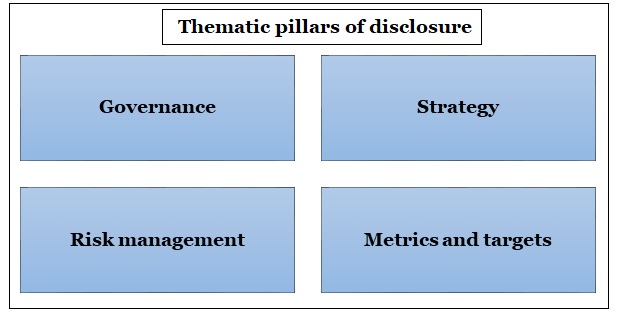7667766266
enquiry@shankarias.in
Recently Reserve Bank of India (RBI) has proposed a Disclosure framework on Climate-related Financial Risks, 2024 to address the financial risks associated with climate change.

|
Risk categorization |
|
|
Physical risks |
Transitional risks |
|
|

References